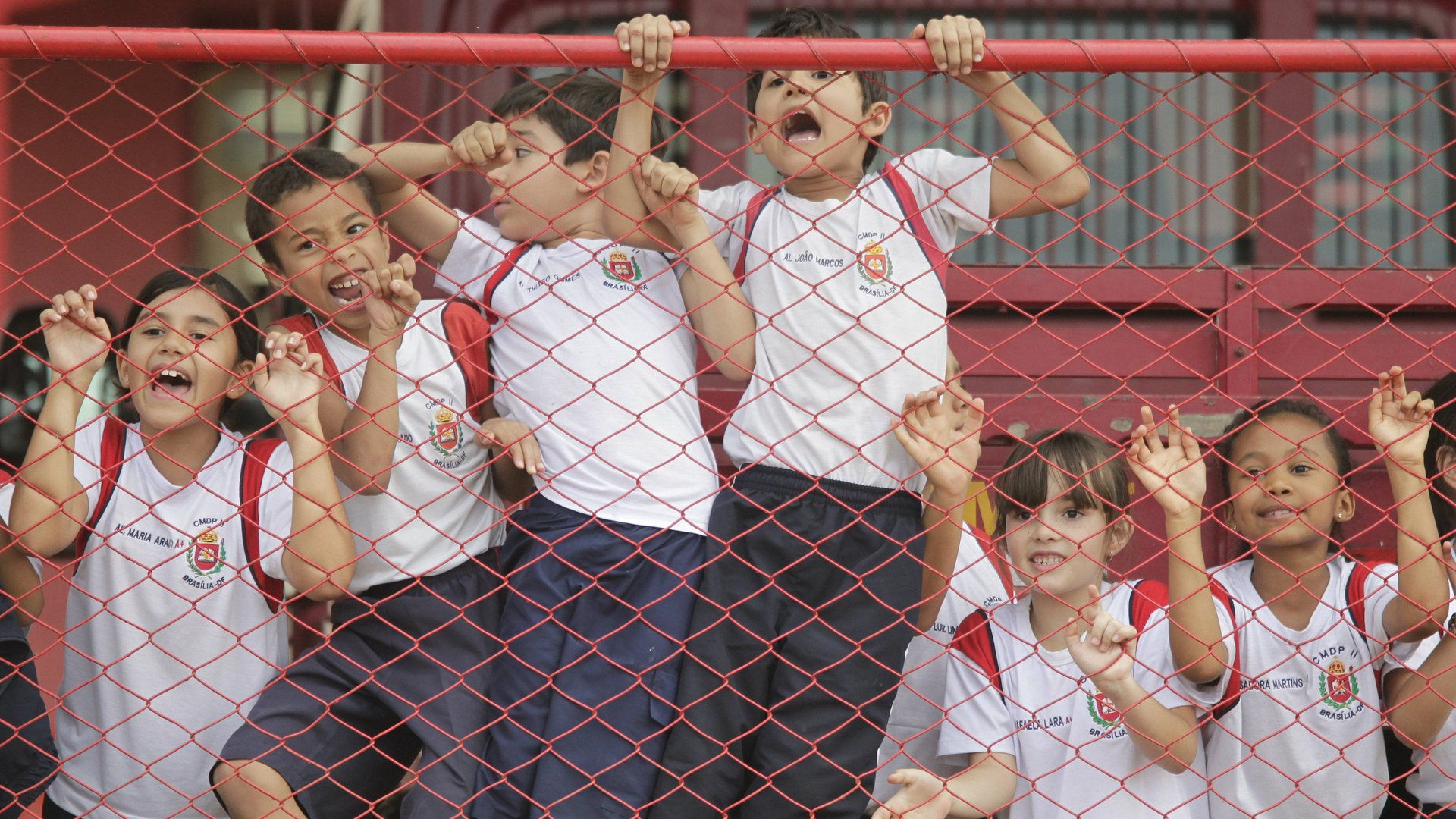Is the decline in US private schools making public schools worse?
For most of the 20th century the big question, for many parents, was public or private school? These days, the public/private question is less pressing. Few parents in the US send their kids to private schools anymore. The figure below plots the share of students enrolled in a private schools from kindergarten to 12th grade over the last 60 years and projected forward for the next nine years.


For most of the 20th century the big question, for many parents, was public or private school? These days, the public/private question is less pressing. Few parents in the US send their kids to private schools anymore. The figure below plots the share of students enrolled in a private schools from kindergarten to 12th grade over the last 60 years and projected forward for the next nine years.
In the 1950s, 13% of kids went to private school, largely parochial schools. Now barely 9% do and that number is expected to fall even further. It wasn’t just the ailing economy—the trend toward public education pre-dates the recession. The Census (pdf) estimates a large share of the decline is that fewer white city-dwellers are sending their children to Catholic schools. The growth of charter schools has offered parents a free alternative. Church scandals may also have disinclined parents to send their kids to Catholic schools, especially when other alternatives exist.
Secular private schools also face lower demand. Affluent parents still fight for the few slots at elite private schools, but many day schools outside the New York area face weaker demand. That may be because the state offers more options. Before, you might send your child to private school to address some need, a learning disability or being exceptionally gifted. Public schools now offer more specialized services: the number of magnet schools doubled since the 1990s and though the number of special needs students fell, the number of special needs schools increased. Public school students also get more of the special attention they once only received from a private eduction. In the 1970s, public schools averaged 20 students per teacher; now they average about 16—not much worse than the 12.5 teacher student ratio private schools offer.
Rising college tuition cost is probably a factor as well. Even after accounting for inflation, the cost of college has increased about 150% since the 1970s. If a family is facing a $100k+, 4-year tuition bill someday, paying private school tuition for 12 years too may not be feasible. To stay viable, private schools these days will have to demonstrate more value or turn to more foreign students.
Increased enrollment in public school has its advantages. Public schools are held to a higher standard because everyone in the community has a stake in their quality. When the affluent and most-educated opt out of public education, schools suffer from a less diverse student population. The demise of the private school could be a positive trend, but we haven’t seen the effects of it yet.
More public education hasn’t delivered better results and greater accountability. The Obama administration pushed standards and testing and faced fierce resistance from middle and upper middle class families. Before, dissatisfied parents who don’t like tests and state-wide education standards may have opted for private school. Currently, more community engagement means more opinions about what makes a good education and that may ultimately make reform harder.